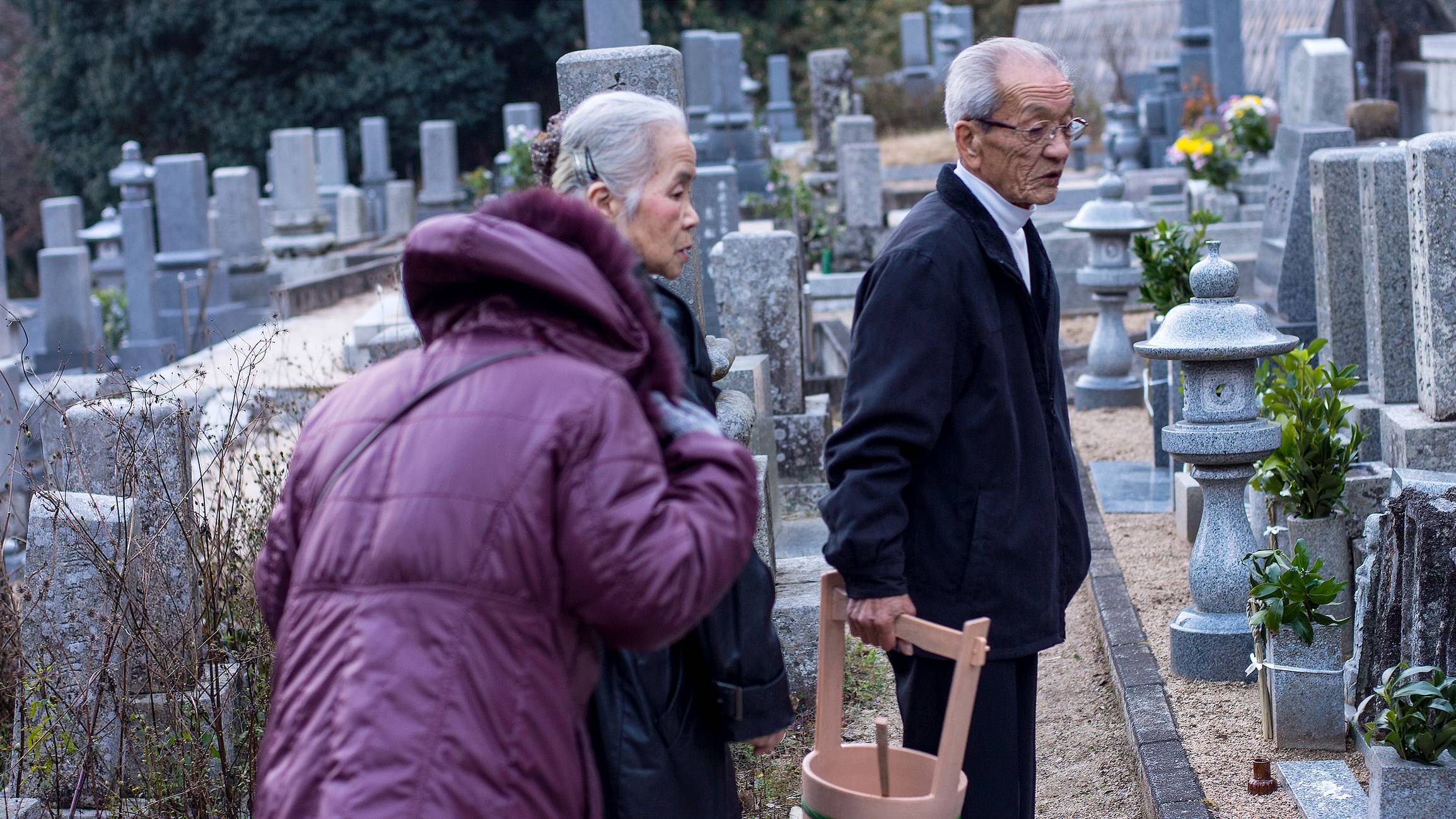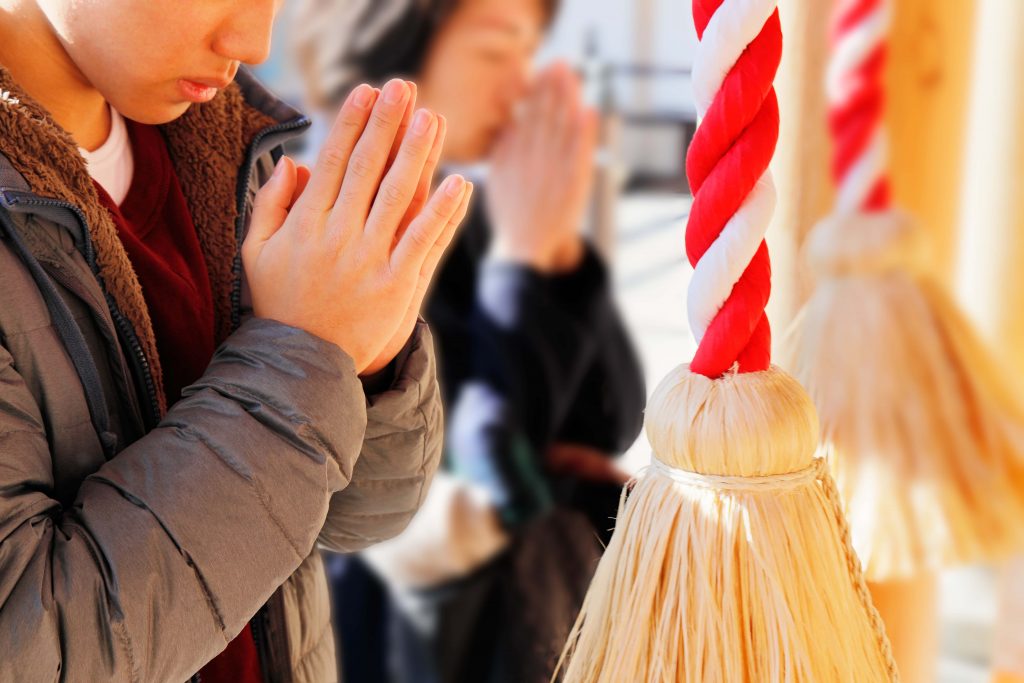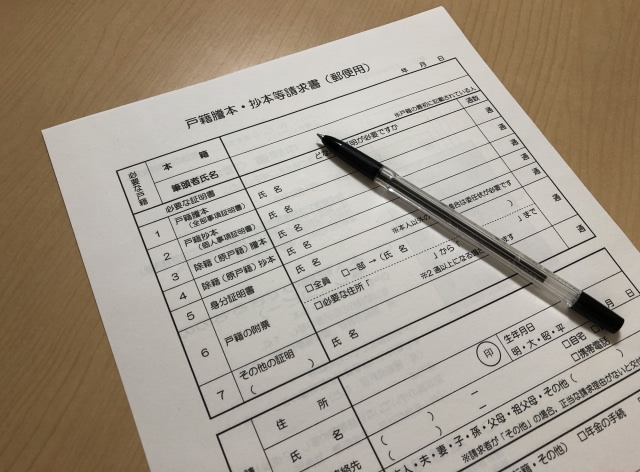NEWS How to Find an Ancestor’s Grave in Japan

For many people with Japanese heritage, visiting an ancestor’s grave is a deeply meaningful way to connect with their roots. The act of visiting a grave, known as Omairi, is an important cultural tradition in Japan. It is a time to pay respects, clean the family tombstone (ohaka), and feel a connection to the generations that came before. However, if you live overseas or have lost contact with your Japanese relatives, finding the location of your family’s grave can be a very difficult task. Unlike in other countries, there is no central online database for cemeteries in Japan. The search requires a special kind of research. This guide explains the cultural importance of finding a grave and the steps required to locate one. At FAM Investigation Agency, we specialize in these sensitive and historical searches, helping people from all over the world reconnect with their heritage.
Table of Contents
- The Importance of Visiting a Grave (Omairi) in Japan
- Why is it So Hard to Find a Grave in Japan?
- The Koseki: The Key to Your Search
- Our Process for Finding an Ancestor’s Grave
- Why Choose FAM for Your Grave Search?
- Conclusion: Reconnect with Your Ancestors
The Importance of Visiting a Grave (Omairi) in Japan
In Western cultures, visiting a cemetery is often seen as a sad or somber event. In Japan, Omairi is a much more common and positive family tradition. It is a sign of respect and a way to maintain a bond with ancestors.

During an Omairi visit, families will:
- Clean the Gravestone: They will wash the stone, pull weeds, and tidy up the area around the family grave.
- Make Offerings: It is common to leave offerings of fresh flowers, incense, and sometimes food or drink that the deceased enjoyed.
- Offer Prayers: Family members will offer prayers for the peace of their ancestors’ spirits.
For those who have lost their connection to their Japanese roots, being able to perform Omairi can be a very powerful and healing experience. It is a way to physically stand in the presence of your family’s history. This is why a cemetery search in Japan is often the final step in a long journey of roots research.
Why is it So Hard to Find a Grave in Japan?

Finding a Japanese grave location on your own, especially from overseas, is nearly impossible due to several major challenges.
- There is No National Database: There is no central, searchable website like “Find a Grave” that covers all of Japan. Grave information is stored locally.
- Records are in Japanese: All official death records, temple records, and cemetery maps are in Japanese. Older records are often handwritten in complex, old-fashioned script.
- Graves are often in Family Plots: A grave is usually part of a family plot (ohaka) located in the family’s ancestral hometown. If you don’t know which town this is, it’s like looking for a needle in a haystack.
- Privacy Laws: Just like with finding a living person, privacy laws make it difficult to get the information needed to start a search.
These challenges mean you need a professional partner on the ground in Japan to do the research for you.
The Koseki: The Key to Your Search
The most important tool for finding a grave is the same tool we use for finding living people: the koseki (family registry). This official document is the key to unlocking the puzzle.

Here’s why it’s so important:
- It Records the Death: The koseki will have the official date and location of your ancestor’s death.
- It Identifies the Last Registered Address: The record contains the person’s last official registered address (honseki-chi). This address is a huge clue, as the family grave is often located in a temple or cemetery in that same town.
The process of finding a grave is a historical investigation. We must first find the person in the official records. By tracing their life through the koseki, we can find out where and when they died, which then tells us where to start looking for their final resting place.
Our Process for Finding an Ancestor’s Grave
Our grave search service is a careful and methodical process.

- Free and Confidential Consultation: We start by talking with you about your ancestor. You provide us with all the information you have, such as their full name, date of birth, and any known relatives or locations.
- Koseki and Historical Research: Our team of experts will begin the search of the official records. We will trace your ancestor’s life through the koseki to find their death record and last known registered address.
- On-the-Ground Investigation: Once we have a likely town or city, our investigators will conduct research in that area. This involves visiting the local city office and checking with the Buddhist temples and public cemeteries in the area.
- Locating and Documenting the Grave: When we find the family grave, we will take clear photographs of the gravestone and its surroundings.
- Final Report: We will provide you with a full report of our findings, including the photos and the exact location of the grave, so that you can visit it in person.
Why Choose FAM for Your Grave Search?

This is a very personal and meaningful search, and you need a team that is both skilled and respectful.
- We Are Experts in Historical Records: We have years of experience navigating the koseki system and other historical records in Japan.
- We Are Respectful and Compassionate: We understand the deep personal importance of this search. FAM Investigation Agency handles every case with the care it deserves.
- We Are Licensed Professionals: Our work is always legal, ethical, and professional. We are fully licensed by the Japanese Public Safety Commissions.
- We Provide Clear Answers: Our goal is to give you the clear, factual information you need to reconnect with your family’s history.
The cost of a search can vary depending on its complexity. You can learn more in our general guide to investigator costs.
Conclusion: Reconnect with Your Ancestors
Finding the final resting place of your ancestors is a powerful way to honor their memory and connect with your own identity. It provides a physical link to your family’s story and allows you to participate in the beautiful tradition of Omairi. While the search in Japan is complex, it is not impossible. With a professional, compassionate, and experienced partner, you can uncover your family’s history and find the connection you are looking for.
If you wish to find an ancestor’s grave in Japan, contact FAM Investigation Agency today for a free and confidential consultation.
